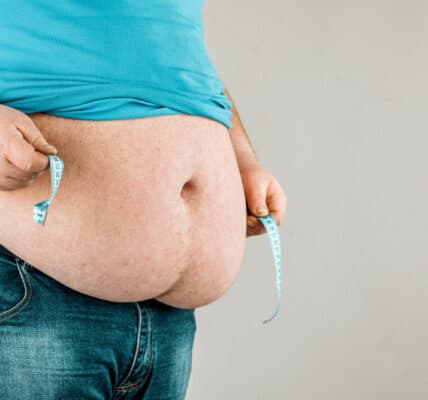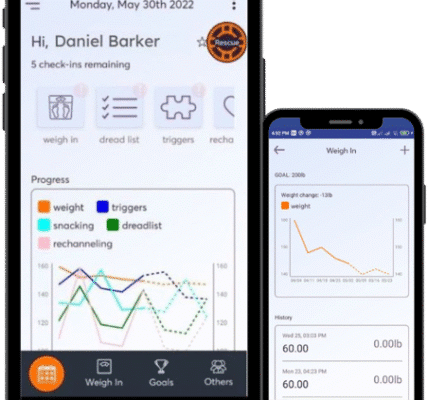Food, Hummingbirds, and Porn

The question asked by a previous post, “Is Kiddie Food Porn a Thing?“, is by no means inconsequential. The Internet contains a plethora of depictions of children whose faces are smeared with various kinds of mushy food. The search query “child eating cake” can return some interesting photos and artistic creations, including a sentimental painting of a small child being fed cake by Jesus; which, while not pornographic, might be seen by some viewers as objectionable in a different way.
After all, heinous predators are notorious for offering sweets to children they hope to kidnap. In the grown-up world, hard drug dealers have been known to give away enough free samples to get a person hooked, especially if they plan to put that young mark to work at some disgusting illegal task, to pay for their addictive substance of choice.
We are in an era of seeing more than enough of just about everything. Some adults at dance recitals are disturbed to see small children make blatantly sexual moves. Then there is a weird hybrid of food porn, which is particularly disturbing in relation to children. How can this worrisome trend be described?
Actual porn addiction exists, and food porn exists, and for some reason, adults love to take pictures of little kids making an unholy mess with chocolate frosting. How can such delicious frolics be sinister? And yet… and yet, these seemingly innocent photos can be subliminally disturbing.
Of course grownups can go right off the track with this sort of thing, too. For The New York Times Magazine, writer Caity Weaver describes in almost salacious detail the process of concocting the perfect blend of sugar and tepid water to make her backyard hummingbird feeder a center of attraction — and then drinking the mixture herself. She writes,
Mix one part sugar with four parts tepid water. Swirl until it’s all the color of a fogged window pane. That’s it. And you know what else? Homemade hummingbird nectar tastes like an afternoon in heaven — like warm air that has been lightly sweetened. You would be crazy not to help yourself to a glass or two while you’re whipping it up.
This would qualify as nectar porn in anyone’s book, and conclusively illustrates how lavishly compelling even an account in cold print can be.
Now, moving on to small humans: An extraordinary video compilation found on YouTube illustrates an astonishing range of reactions to novel flavors. Here we have babies exclaiming enthusiastically, flapping their arms, eyes popping out of their heads, or with the sophisticated expressions of experienced connoisseurs; or going cross-eyed, grabbing a choice morsel back from Dad, or wearing the ecstatic expression of a Buddha. It’s all tiny kiddies blissing out or spazzing out, over the taste of food.
By strange coincidence, there is another YouTube short film composed of cutest baby moments — except, instead of eating messy desserts, the adorable little children are saying cuss words. It is very easy to imagine an adult gushing praise over the food video, and rejecting with disgust the equally cute kiddies in the verbally adventurous one.
This highlights a discomfiting conjunction between two ever-growing societal disorders. Childhood obesity has been an issue for decades, attributed to food addiction and/or eating addiction. Ever since the advent of personal screen devices, sexual pornography has flourished and seems to be particularly addictive to teens.
But really, bottom line, to celebrate its birthday, do we really need to witness a baby smearing cake frosting all over its face? The whole kids-and-food thing, the coverage just feels, well, wrong somehow. The mystery is, what audience is kiddie food porn meant to pull? Do children look at these photos and drool? Or does the genre appeal to parents who wish they could fatten up their kids, like in the old days, to protect them from the attention of the opposite sex and, incidentally, gain approval from the grannies?
Okay, let’s bring it back to just food. The point is: Whether sugar is a bona fide addictive substance, is beside the point. Because, first of all, some knowledgeable people assert that it is not the sugar itself, but the synergy between sugar and another ingredient (like, for instance, wheat) that causes the internal conditions to get a person hooked. In a perfect world, no edible substances, alone or working together, would be capable of causing a literal, classical addiction.
But… for a person who seeks relief in substances, their substance of choice does not need to be addictive, per se. The smart money is on behavioral addiction. The results, once unleashed upon the world, can still cause immeasurable trouble. But the good news is, a behavioral addiction can be overcome without surgery, relocation to another state, prescription meds, or other extreme measures.
All a person needs to change is their own mind, and there are people and methods very willing to help out. We like BrainWeighve, with techniques applicable not just to food addiction, whether behavioral or substance-based, but to other problems as well.
Written by Pat Hartman. First published June 20, 2025.
Sources:
“How My Trip to Quit Sugar Became a Journey Into Hell,” The New York Times Magazine, January 25, 2025.
“Baby’s reaction when trying food for the first time,” YouTube, undated.




